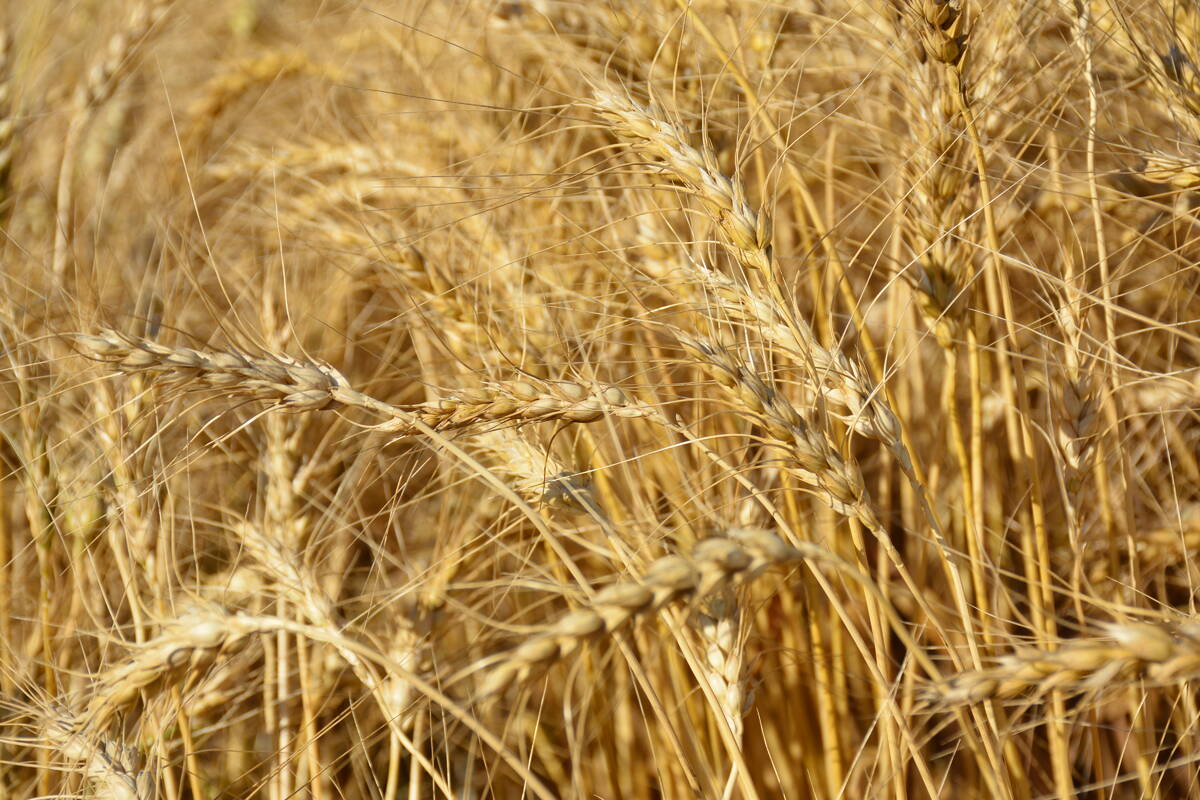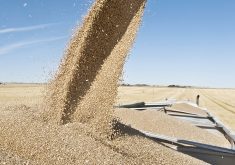India’s agriculture department has released its first estimate of the 2008-09 summer pulse crop, and it is smaller than the trade expected.
Government forecasters anticipate a 4.72 million tonne crop, which would be 27 percent smaller than last year’s summer crop.
“(The drop) is bigger than what a lot of people were talking about,” said Brian Clancey, analyst with Stat Publishing, a special crops newsletter.
He knew pulse production would be down because of a 16 percent decline in seeded acreage. By calculating average yields, Clancey came up with a 1.2 million tonne decrease, so he was surprised by the government’s projection of a 1.73 million tonne drop.
Read Also

Large wheat supply pressures prices
SASKATOON — World wheat prices are likely to continue falling as more bumper crops are harvested, says an analyst. Argus…
However, before western Canadian pulse farmers start salivating about improved export prospects to their top customer, a number of factors need to be taken into account.
- India’s summer crop largely comprises beans. The winter crop, which will be sown shortly, is the one where peas and chickpeas are planted. It is a bigger deal for Canadian growers if that one is short.
- India’s food ministry has been authorized to import one million tonnes of pulses from Myanmar to make up for the summer shortfall.
- If the American economic crisis turns global it could affect all crop prices.
“If there is enough of a financial catastrophe in the world, demand is just going to die at these high prices,” Clancey said.
- The biggest impediment to improved pulse export prospects is the Indian government’s ongoing policy of subsidizing state trading companies so they can sell pulses at below market value in an effort to curb food price inflation.
“As long as the Indian government is in charge of the imports, the commercial demand is going to suck,” Clancey said.
He believes Canadian exporters could ship more yellow peas to India if the government stopped meddling in the trade.
Bobby Morgan, special crops analyst with Agriculture Canada, said another bearish factor in the pulse sector, especially for peas, are the big crops expected from Canada, Australia, Ukraine and the European Union.
“The bottom line is there is a little more competition for the Indian market,” he said.
Much of the increase has been factored into pea prices, which have been on a steady decline since summer. The good news is the price drop is making peas more competitive with soy meal in livestock feed markets.
Clancey said market watchers have shifted their focus to India’s winter crop, which will be seeded shortly.
At the same time that it released its summer crop production estimate, India’s agriculture department predicted winter plantings could increase by 3.7 million acres because of improved soil moisture conditions. With normal yields, that increase would fully offset the summer losses.
Clancey thinks there is probably politics built into that forecast.
A government that is desperately trying to keep food price inflation in check doesn’t want to follow a disappointing summer crop announcement with projections for a mundane winter crop.
“The internal domestic pulse market would go wild. They need to temper the reality of a short summer crop with the prospects for a bigger winter crop in order to tame the prices,” he said.
Clancey isn’t buying it.
He doesn’t believe the 2008-09 combined summer and winter pulse harvest will match the 2007-08 output of 15.11 million tonnes. He expects there will be a one million tonne shortfall in a country that is already taking aggressive steps to bolster supplies, which means the government could be sourcing more than 1.5 million tonnes of pulses through state trading companies in 2009-10.
However, that picture won’t become clear until India works its way through the winter crop some time next fall.















